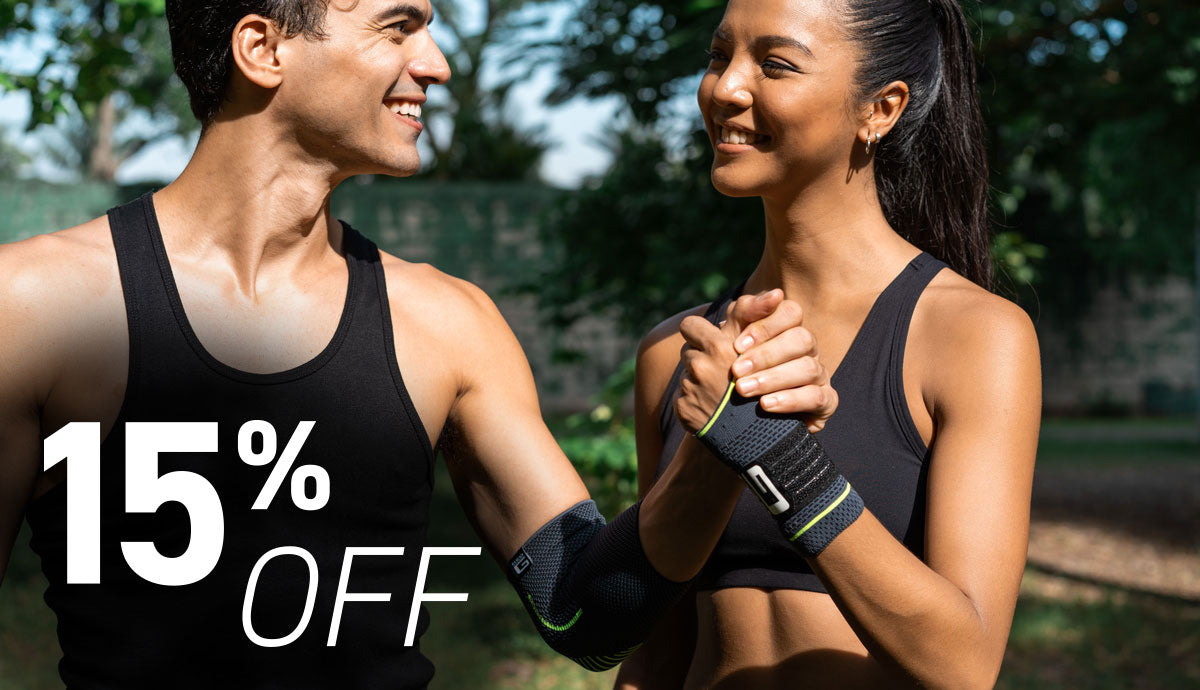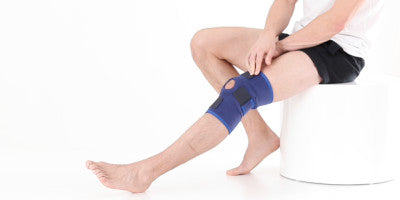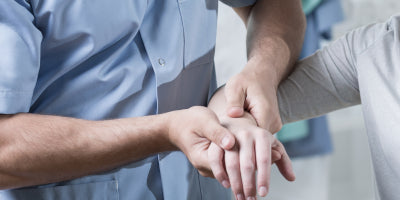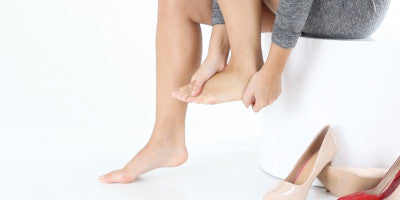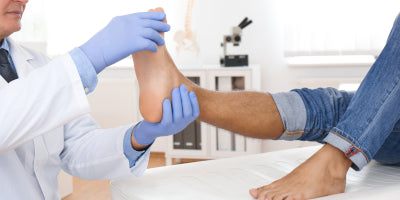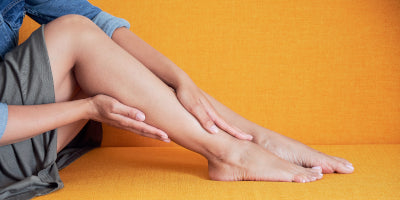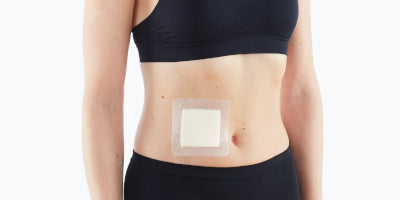Wrist & Thumb Injury Guide
|
|
||||
|---|---|---|---|---|---|
|
PAIN
|
SWELLING
|
STIFFNESS
|
WEAKNESS
|
NUMBNESS
|
|
 |
 |
 |
 |
Colles Fracture (Fractured Wrist) | |
 |
 |
 |
 |
Skiers Thumb (Sprained Thumb) | |
 |
 |
 |
 |
 |
Carpal Tunnel Syndrome |
 |
|
 |
 |
De Quervains Tenosynovitis | |
Colles Fracture (Fractured Wrist)
What is a Colles Fracture (Fractured Wrist)? A fall onto an outstretched hand can lead to a fracture of the wrist. This is a very common injury an accounts for approximately ¼ of all fractures of limbs. It is common in children and young adults who take part in sporting activities as well as the elderly whose bones are not as strong. In this injury there may be a fracture of either the end of the radius bone or the ulna bone, or both.
Read more →Skiers Thumb (Sprained Thumb)
What is Skiers Thumb (Sprained Thumb)? A sprained thumb is a common cause of thumb pain and is often referred to as skiers thumb, although it doesn’t just occur in skiers. It can occur whenever there is a forceful movement of the thumb away from the hand, in skiing this commonly happens due to the position of the ski poles when the person falls. In this injury there is a sprain of the ulna collateral ligament in the thumb, a ligament which is important for stabilizing the thumb.
Read more →Carpal Tunnel Syndrome
What is Carpal Tunnel Syndrome? Carpal Tunnel syndrome occurs where there is increased swelling and inflammation in the carpal tunnel which runs down the front of the forearm just above the wrist. The increased swelling causes increased pressure within the carpal tunnel. When this occurs the median nerve is compressed which causes pins and needles into the hand.
Read more →De Quervains Tenosynovitis
What is De Quervains Tenosynovitis This is a condition that affects the muscles that move the thumb causing pain and stiffness around the base of the thumb. The exact cause of this condition is not known but it will hurt every time you turn your wrist, grasp anything or make a fist. The tendons that are commonly affected are the extensor pollicis brevis and the abductor pollicis longus.
Read more →